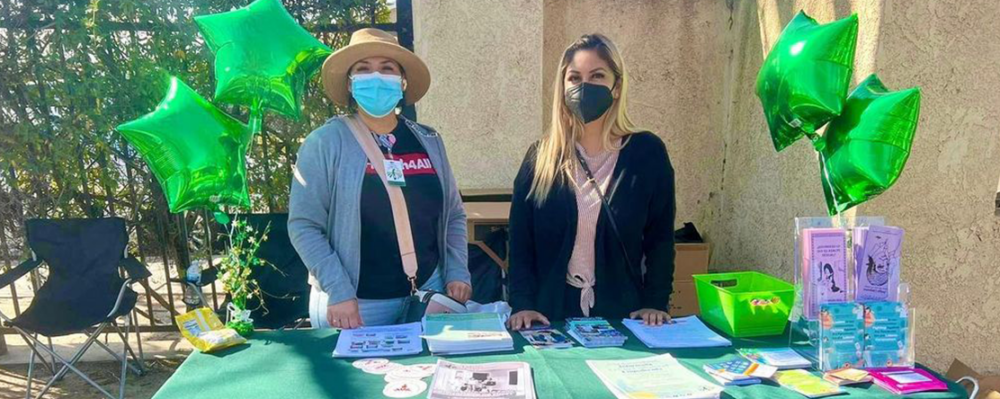
In the News
LA Times Spotlights PHI Research on Health Consequences of Toxic Chemicals
-
Focus Areas
Environmental Health, Women, Youth & Children -
Issues
Cancer, Population Health -
Programs
Child Health and Development Studies

When Christopher Tubbs joined an ambitious multinational effort to save California condors from the brink of extinction, he knew the odds of success were long. There were wind turbines that could strike the giant birds and lead bullet fragments in hunted animals that could sicken and kill.
But Tubbs, who studies hormone-disrupting chemicals, suspected there was yet another threat to condor survival — a particularly problematic pesticide dumped decades ago off California’s coast.
Now, after years of study, Tubbs and a team of environmental health scientists have identified more than 40 DDT-related compounds — along with a number of unknown chemicals — that have been circulating through the marine ecosystem and accumulating in this iconic bird at the very top of the food chain.
In a sophisticated chemical analysis published Tuesday in Environmental Science & Technology, the team found that DDT-related chemicals were seven times more abundant in coastal condors than condors that fed farther inland. Looking at the birds’ coastal food sources, researchers found that dolphin and sea lion carcasses that washed ashore in Southern California were also seven times more contaminated with DDT than the marine mammals they analyzed along the Gulf of California in Mexico.
Significant amounts of DDT-related compounds are still accumulating in Southern California dolphins, and a recent study linked the presence of dichlorodiphenyltrichloroethane to an aggressive cancer in sea lions. Another study based in Oakland found that DDT’s hormone-disrupting effects are affecting a new generation of women — passed down from mothers to daughters, and now granddaughters.
Just because we banned DDT 50 years ago doesn’t mean it has gone away — especially in California, said Eunha Hoh, whose lab at San Diego State’s School of Public Health led the chemical analysis in the new condor study. If the California condor is accumulating such high amounts of DDT, that means that every link of the coastal food chain — including people — is also exposed.
Click below to read the full article. Read more about the DDT study from PHI.
Originally published by Los Angeles Times
More Updates
Work With Us
You change the world. We do the rest. Explore fiscal sponsorship at PHI.
Support Us
Together, we can accelerate our response to public health’s most critical issues.
Find Employment
Begin your career at the Public Health Institute.



